28 Farewell Models From Forgotten Car Brands
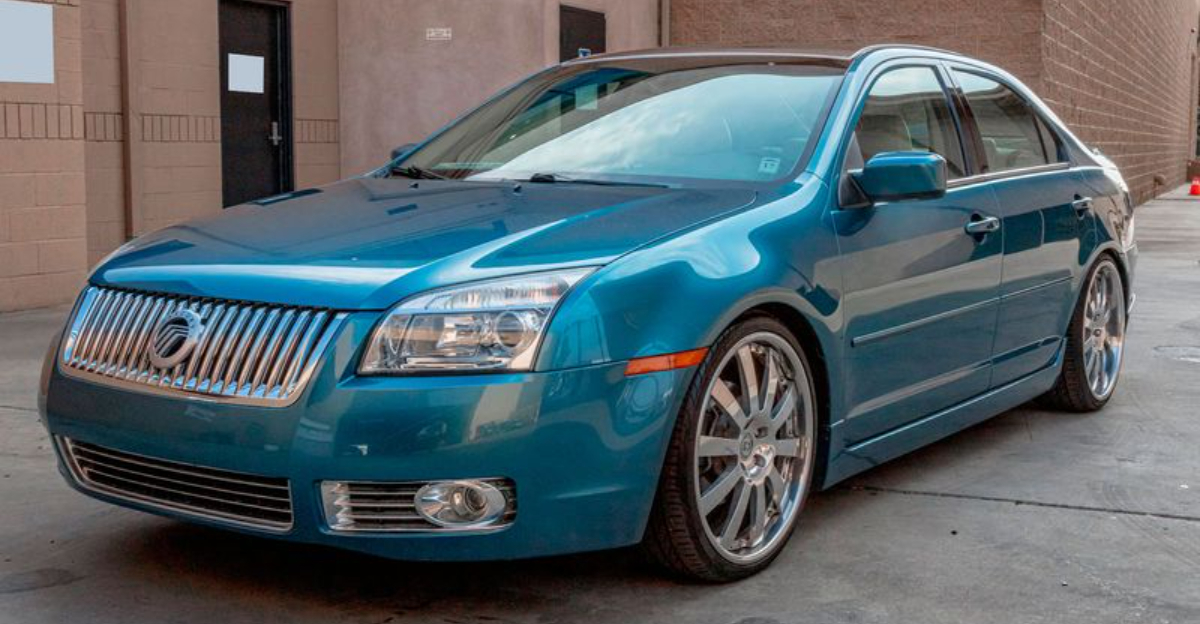
There’s something bittersweet about a car brand’s last hurrah. It’s like a band playing one final show before vanishing into history, sometimes with a standing ovation, sometimes to an empty room.
Think about Plymouth’s Prowler, a retro-futuristic roadster that looked like it belonged in a comic book, yet it couldn’t save the brand from fading away.
Some farewell models were bold statements, others were quiet exits, but all of them marked the end of an era.
1. Saab 9-5
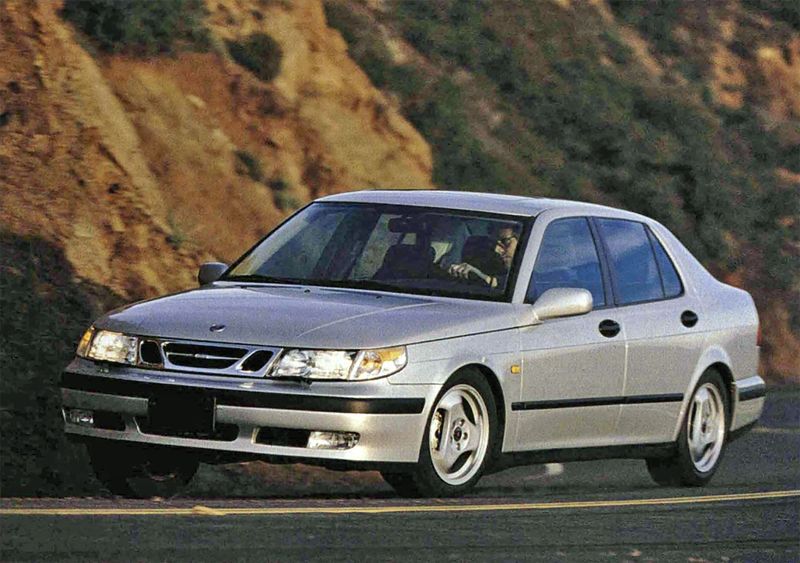
I remember the first time I sat in a Saab 9-5. It was like stepping into a time capsule that screamed Scandinavian engineering.
The turbocharged engine purred with the promise of adventure.
Did you know it was one of the last Saabs before the brand’s demise? Its safety features were ahead of its time, championing the brand’s focus on driver protection.
2. Pontiac G8
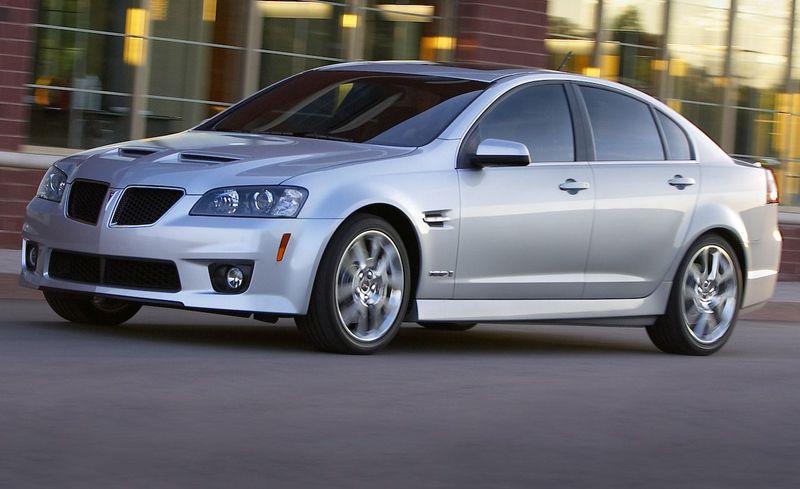
The Pontiac G8 was more than just a sedan. It was a performance powerhouse disguised as a family car. Under the hood, it packed a V8 punch that rivaled sports cars of its time.
The design was aggressive yet polished, a true embodiment of American automotive ambition.
Like a lion in a concrete jungle, it roared through city streets with confidence. Features like the sport-tuned suspension and leather interior made it a unique blend of comfort and power.
3. Saturn Aura

Some cars fade from memory, and some are never fully noticed to begin with. That’s where this one lands. It was supposed to be the brand’s leap toward premium, with chrome trim and Euro-inspired design cues.
The Aura arrived with quiet ambition but little fanfare. It wasn’t flashy, but it was competent. Isn’t that what we’re supposed to want in a daily driver? So why didn’t people care when it left?
4. Hummer H3
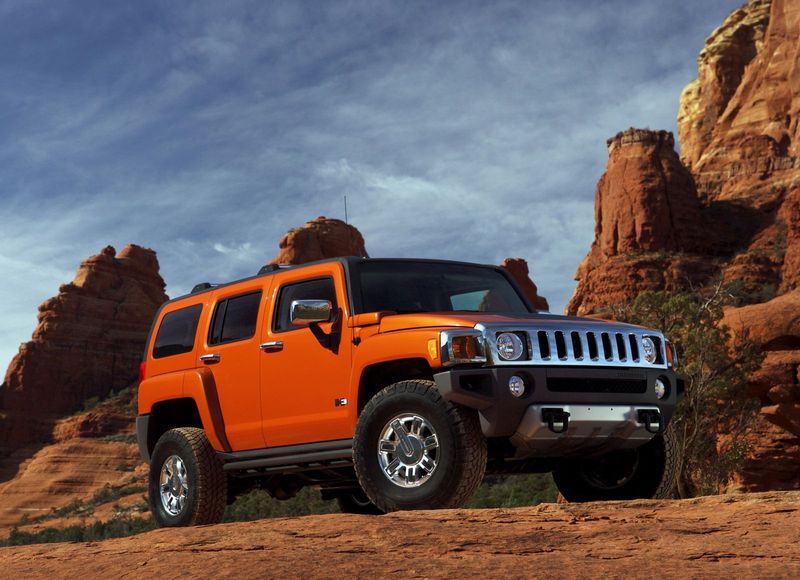
In the world of SUVs, few could match the Hummer H3’s presence. It was built like a tank, ready to conquer any terrain you dared to explore. Yet, it wasn’t just about brute strength; it offered a surprisingly comfortable ride.
The Jeep Wrangler often came to mind as a rival, but the H3 stood its ground with unique flair. Its departure marked the end of a distinct era in SUV design.
5. Oldsmobile Alero
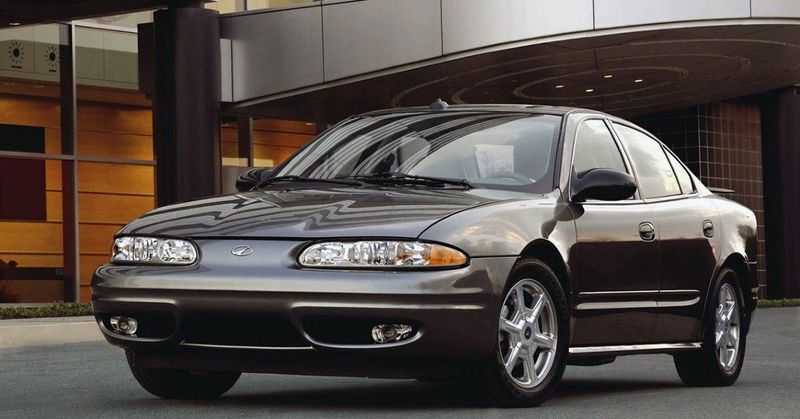
Once, I found myself driving an Oldsmobile Alero down the highway, windows down, music blasting. It wasn’t just transportation; it was freedom. The Alero was a part of the American dream.
Did you know it was one of the last Oldsmobiles before the brand closed shop? It had a reputation for comfort and style that many fondly remember. Those were the days.
6. Mercury Milan
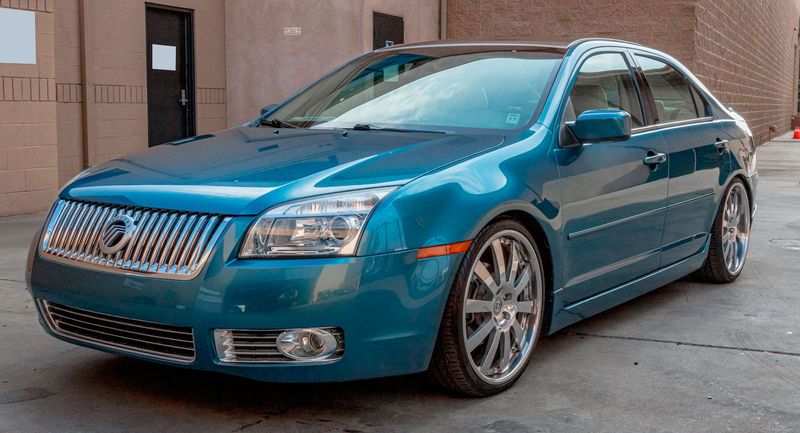
The Mercury Milan wasn’t just another mid-size sedan; it was an experience. With a design echoing European sophistication, it was like a tailored suit in a world of casual wear.
Its features read like a car enthusiast’s wish list: all-wheel drive, premium audio, and leather seats.
The Milan was, in essence, a hidden gem, comparable to a fine wine that only connoisseurs appreciated. It was more than transport; it was a journey.
7. Scion tC
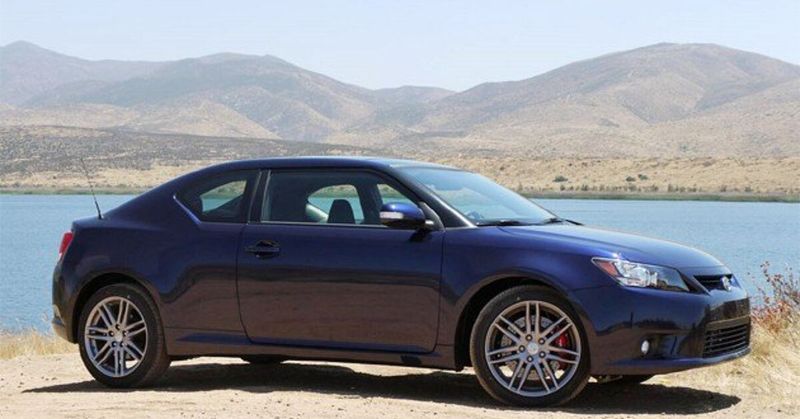
It was the car you bought when you wanted a coupe without paying for a performance badge. The tC had a cult following and a quirky aftermarket presence, but it never fully escaped its economy roots.
Still, it offered practicality with a hatch, decent power, and surprising room in the back.
It felt like Toyota wanted to play, but not commit. The Scion brand vanished, and so did the tC. Was it misunderstood or just too safe?
8. Daewoo Leganza
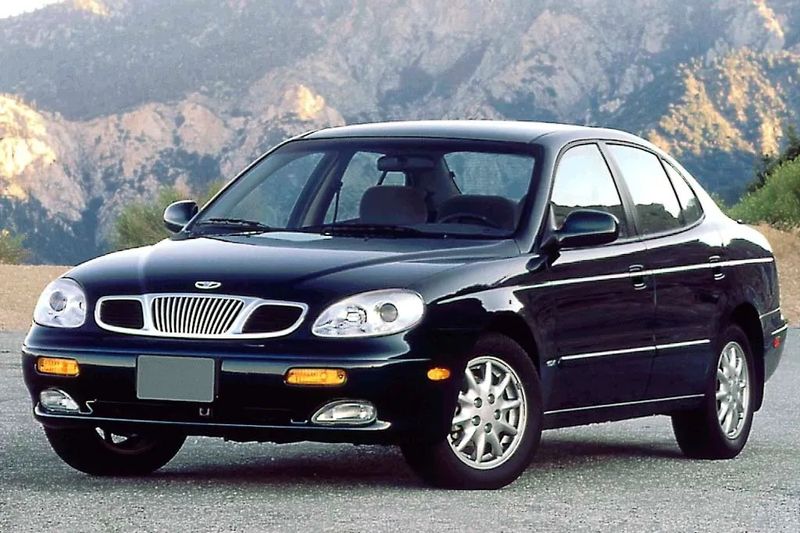
In the realm of sedans, the Daewoo Leganza was a curious offering. It had the solid build of a dependable sedan but at a fraction of the price. While not as luxurious as the Camry, it held its own in the market.
The Leganza was an attempt at elegance, offering leather seats and a spacious interior. Although its time in the limelight was brief, it remains a classic among those who remember.
9. Plymouth Neon
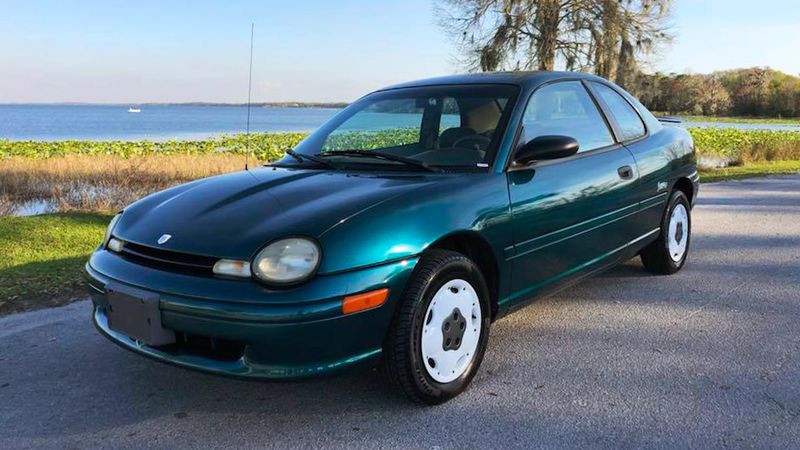
As a teenager, driving a Plymouth Neon felt like a rite of passage. It was more than wheels and doors; it was independence. Affordable and nimble, it took me everywhere.
Did you know it was one of the last models before Plymouth’s curtain call? The Neon was a symbol of accessibility and practicality that resonated with many.
10. Eagle Vision
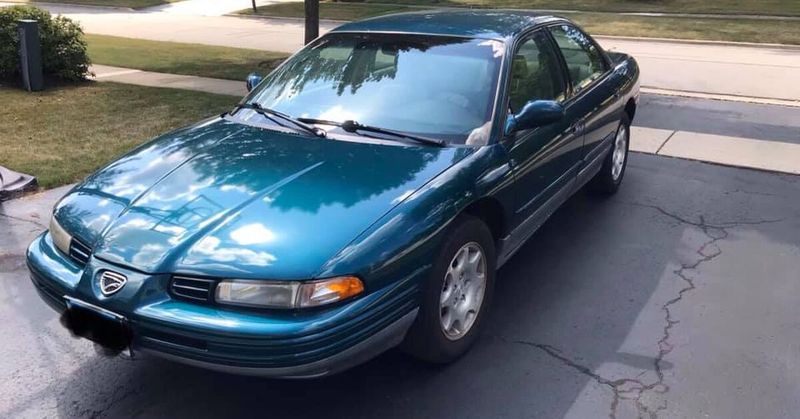
The Eagle Vision was a sedan that aimed for the stars. With its sleek body and bold grille, it carried a presence that was hard to ignore. Underneath, it offered a balanced ride and spacious interior.
Like a hidden gem in a bustling city, it had features that rivaled more popular models. The Vision was a blend of style and substance, a car that left a lasting impression.
11. Geo Prizm
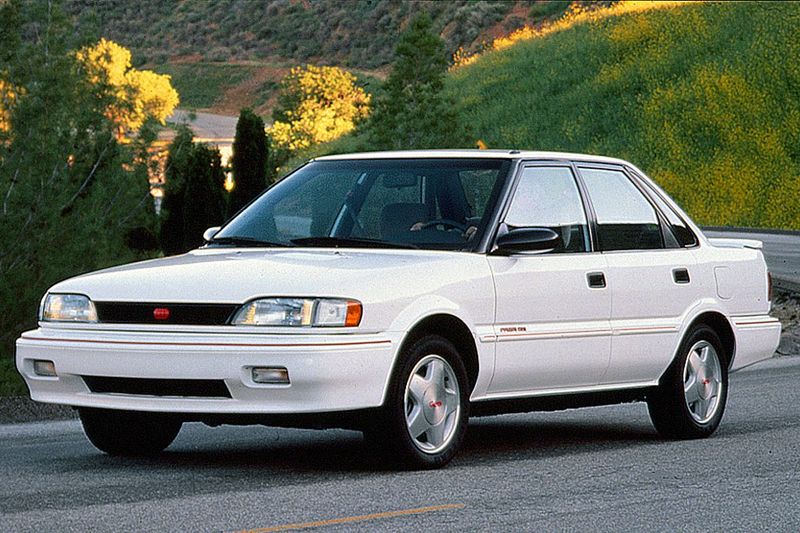
I still see one parked in my neighbor’s driveway, sun-faded and stubborn. It was basically a Toyota Corolla in GM clothes—a clever rebadge that delivered surprising longevity.
It didn’t pretend to be special, and maybe that’s what gave it staying power. The Prizm wasn’t flashy or fast, but it refused to die. And honestly, isn’t that kind of impressive in its own right?
12. Suzuki Kizashi

The Kizashi was Suzuki’s last shot at the U.S. market—and it was weirdly good. Mid-size dimensions, available AWD, and a sporty feel made it feel like a budget Audi A4.
But the brand lacked dealer presence and marketing muscle. It had all the pieces, just not the puzzle.
Compared to rivals like the Subaru Legacy, it held its own. But the timing and the badge held it back. A shame, really—it deserved better than quiet extinction.
13. Isuzu Ascender
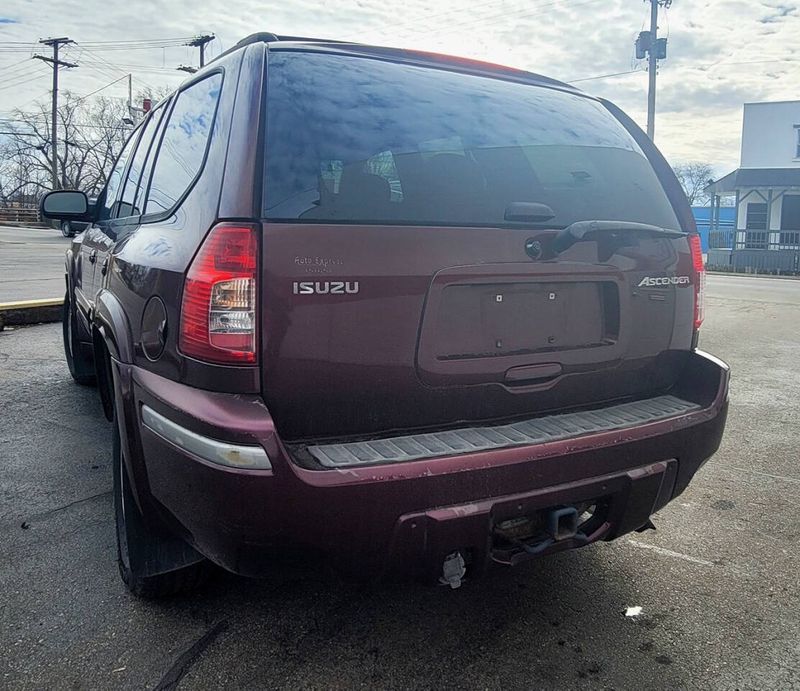
I remember an adventurous trip in an Isuzu Ascender. It wasn’t just about getting there; the journey was just as thrilling. The Ascender was a beast on rough paths, never backing down.
Did you know it offered more space than many of its peers? It was a farewell to Isuzu’s presence in the SUV market, but not to its legacy.
14. Fisker Karma
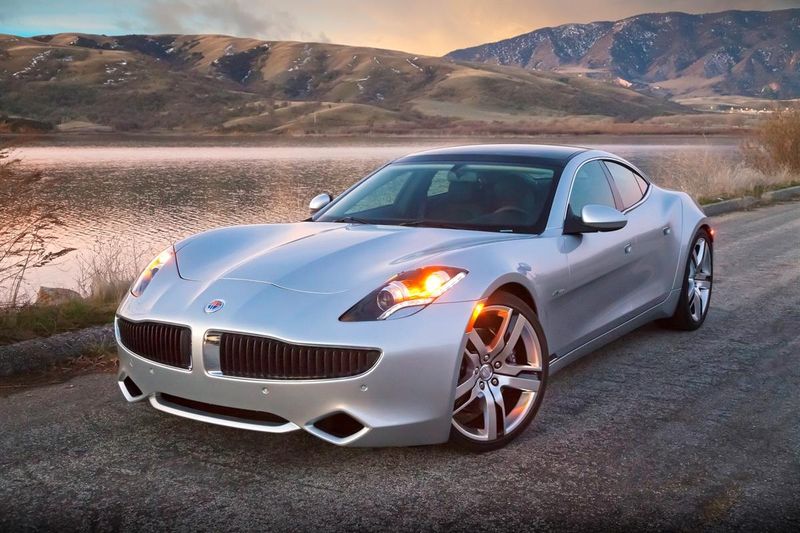
The Fisker Karma was a vision of the future. It combined luxury with sustainability, offering a hybrid experience like no other.
With its refined exterior and advanced technology, it was akin to a futuristic concept brought to life.
It was like a canvas where innovation met artistry, blending performance with environmental consciousness. The Karma was more than a car; it was a dream realized.
15. DeLorean DMC-12
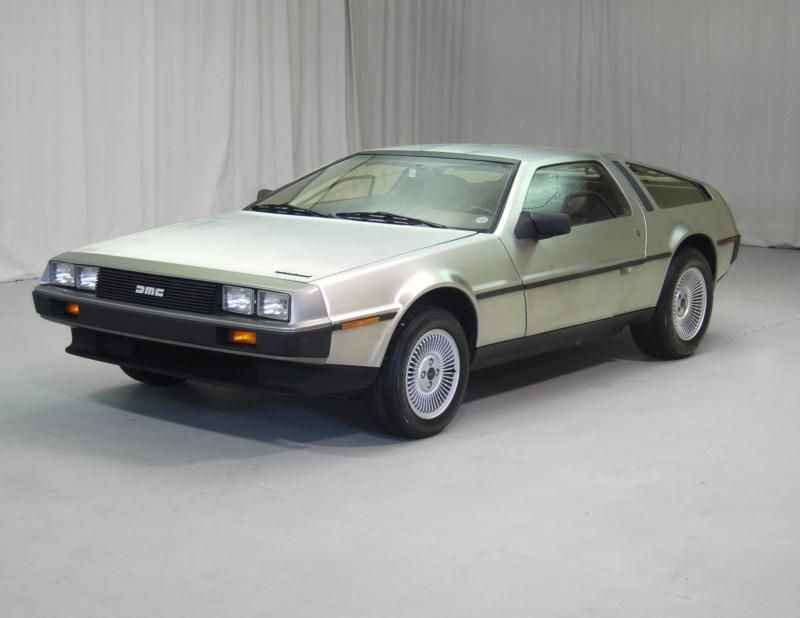
Back in the day, the DeLorean DMC-12 wasn’t just a car; it was an icon. Its gull-wing doors and stainless steel body were futuristic for its time. Yet, did it live up to its legend?
While its production was brief, its impact was monumental. It invites us to explore the dreams we chase and the roads we travel.
16. AMC Eagle
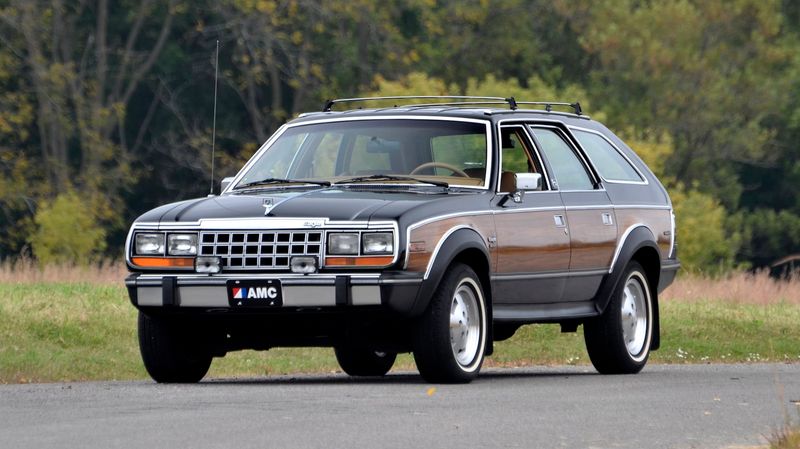
In the world of crossovers, the AMC Eagle was a pioneer. It combined the robustness of an SUV with the comfort of a sedan, long before such hybrids were popular.
While not as refined as later models, it set the stage for future designs.
Its all-wheel-drive system was a novelty that promised versatility. The Eagle was a bridge between eras, a bold attempt that left a legacy.
17. Rover 75
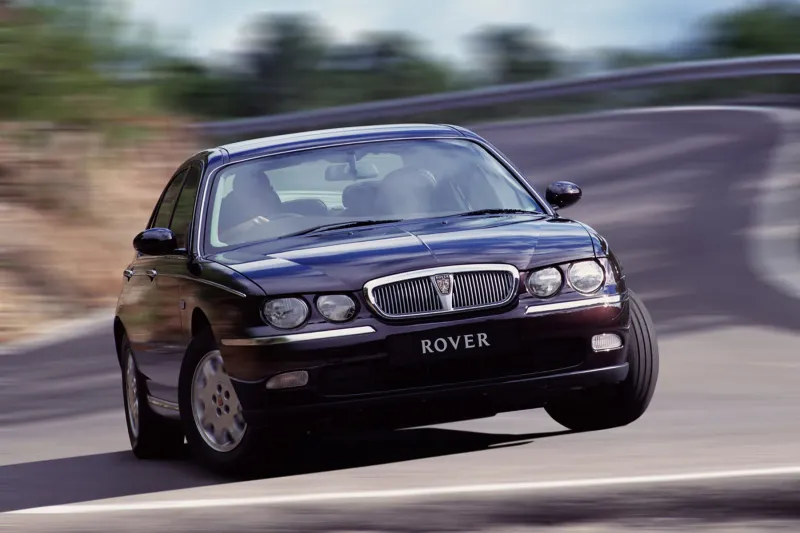
I once rode in a Rover 75, feeling like royalty on wheels. The interior was lavish, a nod to British elegance.
The 75 was supposed to be Rover’s revival: British comfort with BMW underpinnings. But corporate shuffling and slow sales doomed it.
Did you know it was the last Rover before the brand’s demise? Its charm still captures classic car enthusiasts today, proving its timeless appeal.
18. MG ZT
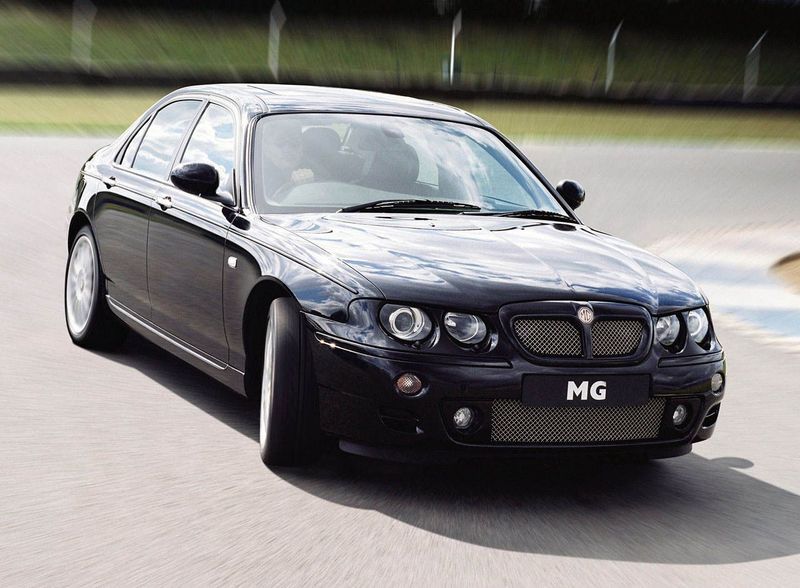
The MG ZT wasn’t merely a car; it was a performance statement. With its sporty handling and refined looks, it was a gentleman’s racer. It had the heart of a sports car wrapped in a business suit.
Underneath lay an engineering marvel, a blend of power and precision. It was a fine wine in a sea of colas, appreciated by those who understood its value.
19. Daihatsu Charade
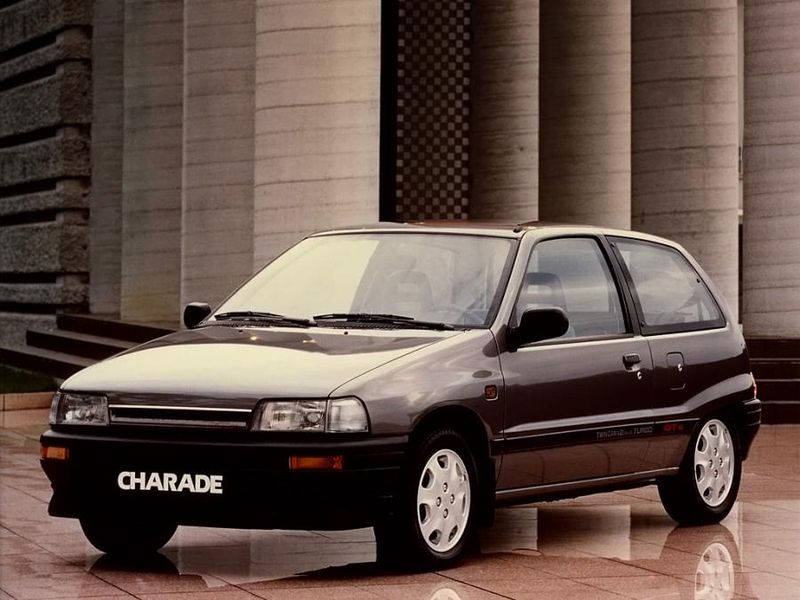
A little car with a big name, the Charade never caught on in the U.S. It was cheap, practical, and oddly charming, but it got lost in the shuffle.
Compared to early Civics and Sentras, it didn’t stand out. And that was the problem—buyers didn’t hate it, they just forgot it. For a car with such an upbeat name, it sure exited quietly.
20. Peugeot 405 (U.S. market)

The Peugeot 405 was a European flair in an American market. It offered a driving experience that was both smooth and engaging, though not as renowned as a BMW.
Its spacious interior and advanced features marked it as a choice for those seeking a taste of Europe. Although its time in the U.S. was short, it remains a beloved classic among enthusiasts.
21. Yugo GV
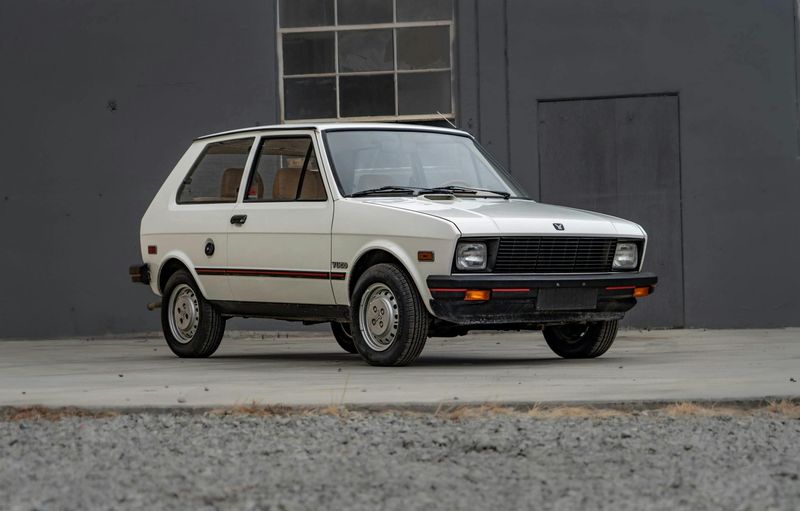
I once stumbled upon a Yugo GV, and it was a peculiar sight. This little car was once the talk of the town for its affordability. It wasn’t just cheap; it was a novelty.
Did you know it was one of the most economical cars of its time? The Yugo GV was more than a budget option; it was a cultural phenomenon.
22. Sterling 827

It shared its platform with the Acura Legend, but somehow, everything felt more fragile. Sterling tried to bring British luxury stateside, but poor build quality and reliability issues tanked the brand.
Compared to its Japanese twin, the 827 felt dated and rough. You could see what it wanted to be—but that wasn’t enough. It’s a case study in wasted potential.
23. Autobianchi Y10

In its heyday, the Autobianchi Y10 was a quirky little hatchback. It wasn’t about speed; it was about style and charm. Its compact size made it perfect for narrow European streets.
But was it merely a fashion statement of its time? The Y10’s legacy lives in its unique appeal and the fond memories it left behind.
24. Simca 1307
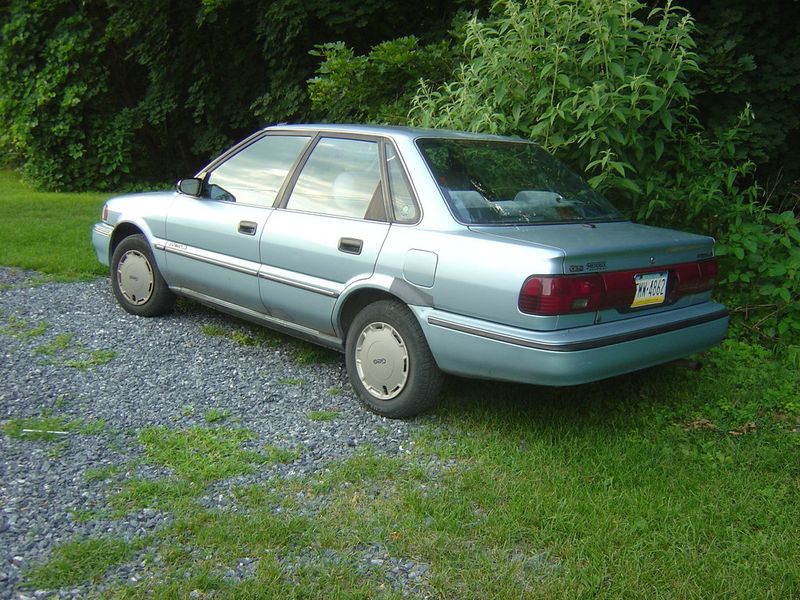
This French hatchback actually won European Car of the Year in the ‘70s, but you’d never guess that from its fate. Chrysler Europe owned Simca at the time, and the 1307 was part of their big plan.
But rust issues, quality control, and forgettable styling sunk it fast. Compared to Golf or Escort, it was doomed. The 1307 was the beginning of the end.
25. Datsun 280ZX (pre-Nissan rebrand)

Once, I caught sight of a Datsun 280ZX, a relic of the ’80s. Its sporty design was a head-turner. It wasn’t just a car; it was a lifestyle.
Did you know it was one of the last Datsuns before the Nissan rebrand? The 280ZX left a mark on car culture that still resonates.
26. Triumph TR8

The Triumph TR8 was a classic roadster that captured the thrill of the open road. It offered a V8 engine that delivered power with grace.
Like a maestro conducting a symphony, it brought joy to those who appreciated its charms. It was the Triumph of British engineering, a car that defined a genre and an era.
27. Talbot Horizon
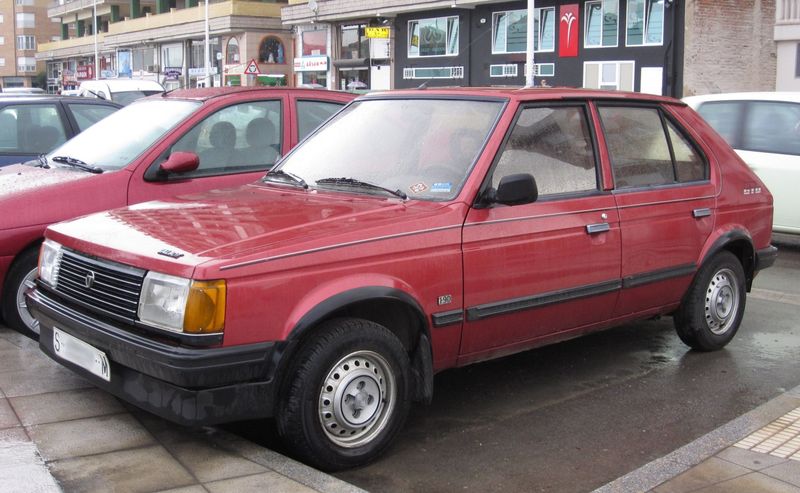
It came from a brand with too many owners and not enough vision. The Horizon was built in Europe and the U.S., under multiple badges. It was practical, boxy, and entirely forgettable.
In the end, it felt like a car that never had a home. Compared to Golf or Civic, it couldn’t compete. Talbot disappeared, and the Horizon faded with it.
28. NSU Ro 80
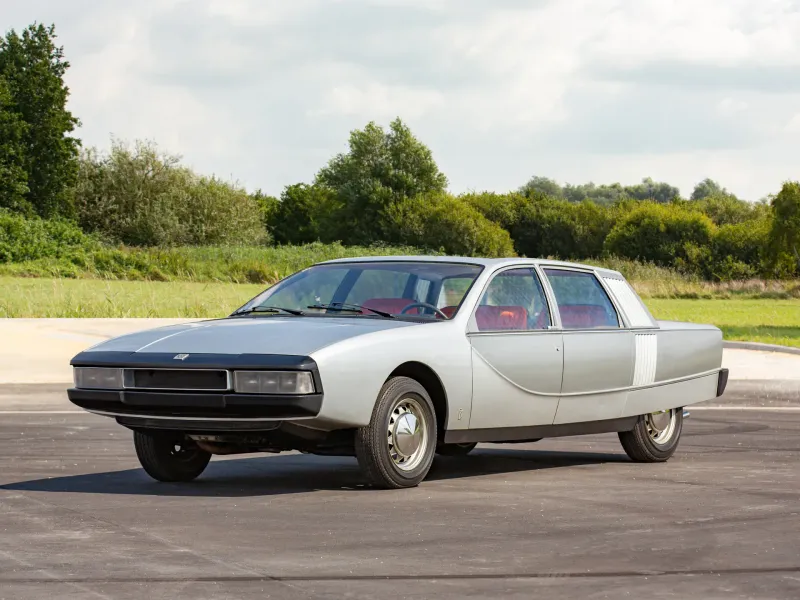
A rotary-powered sedan with futuristic design, the Ro 80 was ahead of its time—and too complex for its own good. The Wankel engine was innovative, but unreliable.
NSU gambled on a moonshot and lost, eventually getting absorbed by Audi.
The Ro 80’s shape influenced future Audis, though, so its legacy isn’t entirely gone. But how many people even remember what NSU stood for?
